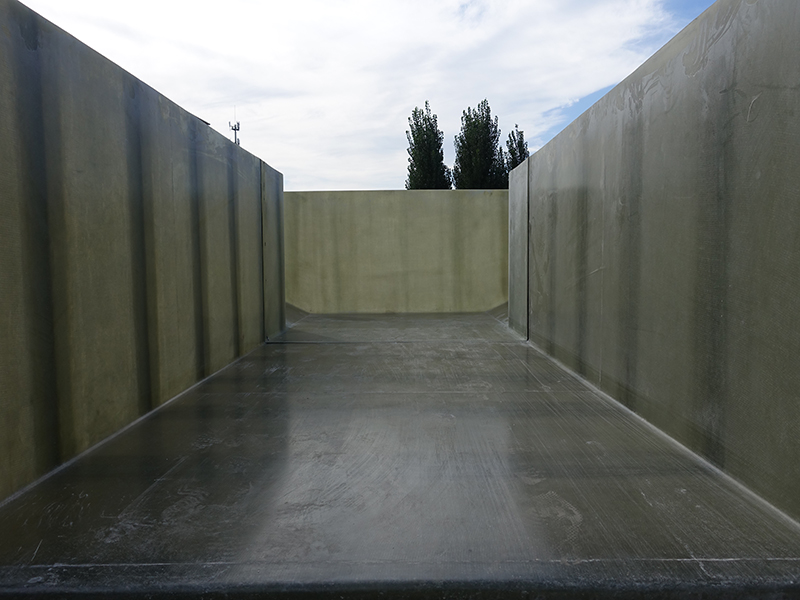
-
 Afrikaans
Afrikaans -
 Albanian
Albanian -
 Amharic
Amharic -
 Arabic
Arabic -
 Armenian
Armenian -
 Azerbaijani
Azerbaijani -
 Basque
Basque -
 Belarusian
Belarusian -
 Bengali
Bengali -
 Bosnian
Bosnian -
 Bulgarian
Bulgarian -
 Catalan
Catalan -
 Cebuano
Cebuano -
 China
China -
 China (Taiwan)
China (Taiwan) -
 Corsican
Corsican -
 Croatian
Croatian -
 Czech
Czech -
 Danish
Danish -
 Dutch
Dutch -
 English
English -
 Esperanto
Esperanto -
 Estonian
Estonian -
 Finnish
Finnish -
 French
French -
 Frisian
Frisian -
 Galician
Galician -
 Georgian
Georgian -
 German
German -
 Greek
Greek -
 Gujarati
Gujarati -
 Haitian Creole
Haitian Creole -
 hausa
hausa -
 hawaiian
hawaiian -
 Hebrew
Hebrew -
 Hindi
Hindi -
 Miao
Miao -
 Hungarian
Hungarian -
 Icelandic
Icelandic -
 igbo
igbo -
 Indonesian
Indonesian -
 irish
irish -
 Italian
Italian -
 Japanese
Japanese -
 Javanese
Javanese -
 Kannada
Kannada -
 kazakh
kazakh -
 Khmer
Khmer -
 Rwandese
Rwandese -
 Korean
Korean -
 Kurdish
Kurdish -
 Kyrgyz
Kyrgyz -
 Lao
Lao -
 Latin
Latin -
 Latvian
Latvian -
 Lithuanian
Lithuanian -
 Luxembourgish
Luxembourgish -
 Macedonian
Macedonian -
 Malgashi
Malgashi -
 Malay
Malay -
 Malayalam
Malayalam -
 Maltese
Maltese -
 Maori
Maori -
 Marathi
Marathi -
 Mongolian
Mongolian -
 Myanmar
Myanmar -
 Nepali
Nepali -
 Norwegian
Norwegian -
 Norwegian
Norwegian -
 Occitan
Occitan -
 Pashto
Pashto -
 Persian
Persian -
 Polish
Polish -
 Portuguese
Portuguese -
 Punjabi
Punjabi -
 Romanian
Romanian -
 Russian
Russian -
 Samoan
Samoan -
 Scottish Gaelic
Scottish Gaelic -
 Serbian
Serbian -
 Sesotho
Sesotho -
 Shona
Shona -
 Sindhi
Sindhi -
 Sinhala
Sinhala -
 Slovak
Slovak -
 Slovenian
Slovenian -
 Somali
Somali -
 Spanish
Spanish -
 Sundanese
Sundanese -
 Swahili
Swahili -
 Swedish
Swedish -
 Tagalog
Tagalog -
 Tajik
Tajik -
 Tamil
Tamil -
 Tatar
Tatar -
 Telugu
Telugu -
 Thai
Thai -
 Turkish
Turkish -
 Turkmen
Turkmen -
 Ukrainian
Ukrainian -
 Urdu
Urdu -
 Uighur
Uighur -
 Uzbek
Uzbek -
 Vietnamese
Vietnamese -
 Welsh
Welsh -
 Bantu
Bantu -
 Yiddish
Yiddish -
 Yoruba
Yoruba -
 Zulu
Zulu
frp grating
Understanding Fiber Reinforced Polymer (FRP) Grating Key Features and Applications
Fiber Reinforced Polymer (FRP) grating is an innovative composite material known for its unique properties and extensive range of applications. This type of grating is manufactured from a combination of polymer resins with reinforcing fibers, usually glass, carbon, or aramid. The result is a lightweight, corrosion-resistant, and high-strength material that is increasingly being utilized in various industries, including construction, transportation, and manufacturing.
Properties of FRP Grating
One of the standout features of FRP grating is its impressive strength-to-weight ratio. Unlike traditional materials such as steel or aluminum, FRP grating is significantly lighter, making it easier to transport and install. This characteristic is particularly beneficial in projects where weight restrictions are critical, such as in bridges or elevated walkways.
Additionally, FRP materials provide superior corrosion resistance. In environments where exposure to harsh chemicals, moisture, or saltwater is prevalent—like in chemical plants or coastal construction—FRP grating offers a longer service life with reduced maintenance costs. This durability stems from the chemical inertness of polymers, which prevents degradation that often affects metals.
Furthermore, FRP grating is non-conductive and anti-slip, enhancing safety in various applications. The grating can be designed with textured surfaces to provide increased traction underfoot, making it ideal for pedestrian walkways, industrial platforms, and even operational areas where slipping hazards are prevalent.
Applications of FRP Grating
The versatility of FRP grating allows for its implementation across a myriad of sectors. In the construction industry, it is often used for flooring systems, stair treads, and even handrails. Its lightweight nature contributes to easier installation processes and reduces the structural load on buildings.
frp grating

Moreover, FRP grating excels in marine applications. Due to its resistance to saltwater corrosion, it is frequently used in docks, marinas, and even in boat manufacturing. The material's ability to withstand the harsh marine environment without succumbing to rust or rot makes it a preferred choice in these settings.
In the chemical and wastewater treatment industries, FRP grating plays a crucial role in constructing platforms and walkways that are exposed to corrosive substances. The non-corrosive nature ensures that facilities can operate safely without the risk of material failure.
Environmental Benefits
An important consideration in today's construction practices is sustainability. FRP grating is often produced using eco-friendly manufacturing processes and can contribute towards greener building practices. The lightweight nature of FRP materials leads to lower energy consumption in transport and installation, reducing the overall carbon footprint of a project.
Furthermore, the longevity of FRP grating means that fewer replacements are necessary over time, leading to reduced material waste and lower environmental impact. As industries increasingly prioritize sustainability, the adoption of materials like FRP is set to grow.
Conclusion
In conclusion, Fiber Reinforced Polymer grating is a revolutionary material that offers a blend of strength, durability, and safety features advantageous for a wide range of applications. Its resistance to corrosion, lightweight composition, and versatility make it an ideal solution for various industries, positioning it favorably in the future of construction and design. As we continue to seek sustainable and efficient materials, FRP grating is poised to become a vital component in innovative infrastructure development.
Latest news
-
Exploring the Benefits of Top Hammer Drifter Rods for Enhanced Drilling PerformanceNewsJun.10,2025
-
High-Precision Fiberglass Winding Machine for GRP/FRP Pipe Production – Reliable & Efficient SolutionsNewsJun.10,2025
-
FRP Pipes & Fittings for Shipbuilding - Corrosion-Resistant & LightweightNewsJun.09,2025
-
Premium FRP Flooring Solutions Durable & Slip-ResistantNewsJun.09,2025
-
Premium Fiberglass Rectangular Tanks Durable & Lightweight SolutionNewsJun.09,2025
-
Tapered Drill String Design Guide Durable Performance & UsesNewsJun.09,2025









